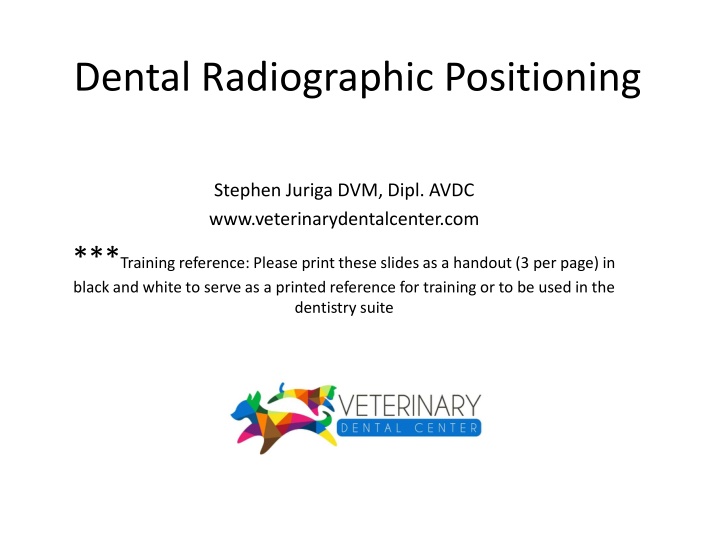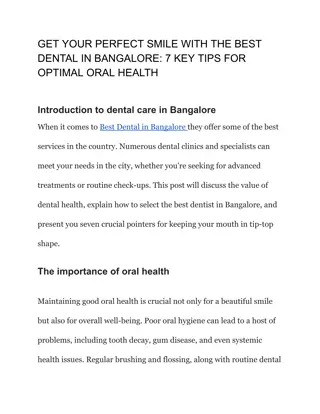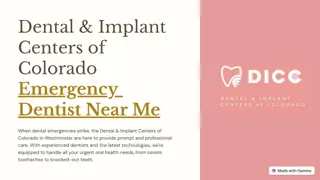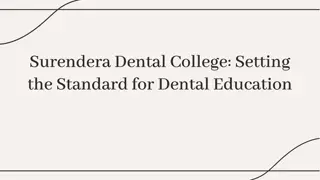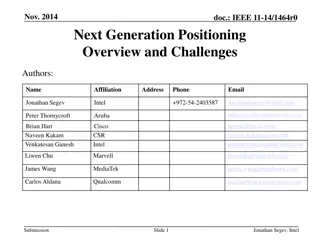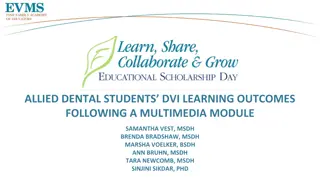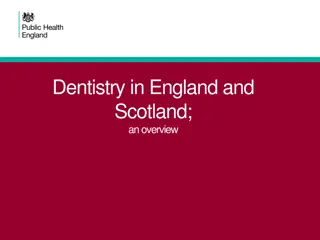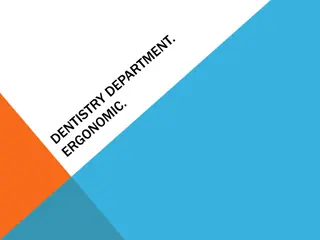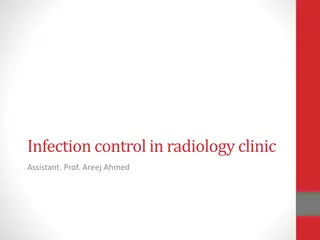Veterinary Dental Radiographic Positioning Techniques
Learn about common indications for dental radiographs in veterinary practice and proper patient positioning for accurate imaging. Explore techniques such as parallel view and the bisecting angle method for capturing quality dental X-rays. Enhance your skills in dental radiographic positioning for effective diagnosis and treatment planning.
Uploaded on Jul 15, 2024 | 0 Views
Download Presentation

Please find below an Image/Link to download the presentation.
The content on the website is provided AS IS for your information and personal use only. It may not be sold, licensed, or shared on other websites without obtaining consent from the author.If you encounter any issues during the download, it is possible that the publisher has removed the file from their server.
You are allowed to download the files provided on this website for personal or commercial use, subject to the condition that they are used lawfully. All files are the property of their respective owners.
The content on the website is provided AS IS for your information and personal use only. It may not be sold, licensed, or shared on other websites without obtaining consent from the author.
E N D
Presentation Transcript
Dental Radiographic Positioning Stephen Juriga DVM, Dipl. AVDC www.veterinarydentalcenter.com ***Training reference: Please print these slides as a handout (3 per page) in black and white to serve as a printed reference for training or to be used in the dentistry suite
Common Indications for Dental Radiographs (Laminate and post this next to dental x-ray machine) Gingival recession or hyperplasia Nasal Discharge Epistaxis Pre- Post Extraction Client education Fractured Teeth Discolored Teeth Missing Teeth Resorptive Lesions (cats) Periodontal Disease Pockets over 3mm in dogs Pockets over 2mm in cats Oral Swelling/Masses Draining tracts on the gums, maxilla, or mandible Enamel hypoplasia or deformed tooth Non-dental uses: Small patient extremities Birds Exotics/pocket pets Nasal Radiographs Phalanges
Patient positioning- when learning Sternal recumbency for the all maxillary views Dorsal recumbency for the rostral mandibular views Lateral recumbency for parallel mandibular views
Parallel technique *image of the caudal mandibular premolars and molars*
Parallel technique *Cone head is placed parallel to plate or sensor*
Parallel view of a canine mandible *Image of mandibular premolars and molars*
The Bisecting Angle (BA) Technique A bisecting angle is the imaginary plane that equally divides the distance between the planes of the long axis of the plate/sensor and central axis of the tooth. Another way to attain proper alignment is to visualize the plane of the cone and align it parallel to the bisecting angle. Tube head Bisecting angle (BA) Tooth Plate/sensor
Center on the desired teeth *stand behind the cone first then move to the side of the patient to visualize the BA*
Bisecting angle of maxillary incisors *Line x-ray tube up parallel to the bisecting angle* BA
Bisecting angle in the Cat *Image of the rostral maxillary incisors* BA
Oblique maxillary canine *BA positioning on the incisors first then move the cone slightly oblique to image the left canine*
Side view of oblique technique for the right maxillary canine
Bisecting angle of maxillary premolar *x-ray tube head is positioned between the first molar and the fourth premolar*
BA technique of the maxillary premolars and molars *Come around and face the patient to adjust the cone to the BA* BA
Tube shift technique to separate mesial roots of PM4 *BA first then tube shift cranial to caudal*
Tube shift technique to separate mesial roots of PM4 *BA first then tube shift caudal to cranial*
Right Maxillary PM4 with Root Separation
Acute Angle technique (feline) (Slight elongation to avoid superimposition of the zygomatic arch)
Bisecting angle of mandibular incisors and canine teeth BA
Bisecting angle of first and second premolars in the mandible *Use this technique to image PM1,2,3* BA
